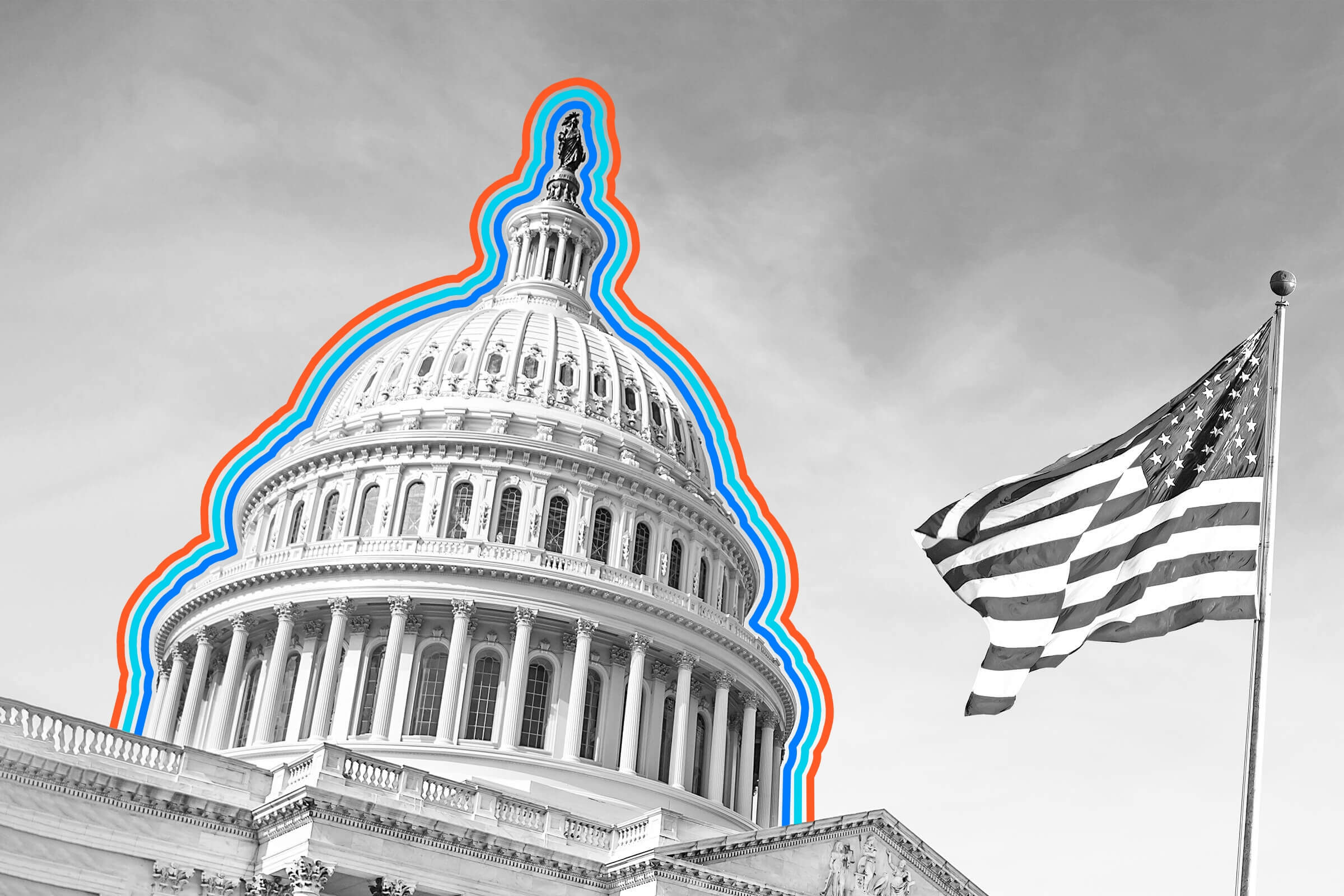

The United States Constitution is one of the most famous documents in history. The landmark papers are the culmination of four months of vigorous debate at the 1787 Constitutional Convention in Philadelphia, Pennsylvania. The adoption of the finalized constitution established the laws of the land for the start of President George Washington’s administration on March 4, 1789.
While some of its passages and amendments are familiar from history class, here are a few lesser-known facts behind the processes that shaped the backbone of the American republic.
The U.S. Constitution Is Among the World’s Shortest and Oldest Governing Documents

The original Constitution checks in at 4,543 words, including signatures, and expands to 7,762 words when adding in the 27 amendments. Sometimes cited as the shortest and oldest governing document in use by any major nation, it is outdone in brevity only by the Constitution of Monaco, which measures a trim 3,814 words, and in age by the Constitution of San Marino, which dates back to 1600.
An Assistant Clerk Engrossed the Original for $30

The job of officially putting the framers' legalese to paper fell to Jacob Shallus, assistant clerk of the Pennsylvania State Assembly, who had limited time to scrawl the words across four pieces of parchment before the signing date of September 17, 1787. Despite making several mistakes in his haste, prompting the clerk to insert words in some areas and scribble out others with a penknife, the founding fathers were satisfied with the effort and paid Shallus $30.
The State of Pennsylvania Is Misspelled ... Or Is It?

One of the Constitution's apparent glaring errors was not the fault of the harried engrosser but that of Alexander Hamilton, who took it upon himself to categorize each group of signees by state and designated the host group as "Penslyvania." Then again, the state's name also appears that way on the Liberty Bell, evidence that the esteemed statesman was not so much careless as simply following an accepted spelling at the time.
Benjamin Franklin Was the Convention’s Oldest Delegate

Plagued by gout and kidney stones, Benjamin Franklin reportedly was carried to the Pennsylvania State House on a chair held by four prisoners from the Walnut Street Jail. Despite his weakened condition, the 81-year-old statesman made his mark on the convention by brokering compromises between the warring factions. He also penned a powerful speech, delivered by Pennsylvania's James Wilson, that urged his colleagues to set aside their doubts and formally approve the fruits of their labor.
Only 39 of 55 Delegates Signed the Constitution

Despite Franklin's impassioned push for unity, less than three-quarters of the delegates applied their signatures to the Constitution. Several left before the conclusion of the convention, while three who stuck around to the end — George Mason and Edmund Randolph of Virginia and Elbridge Gerry of Massachusetts — refused to accept the many compromises and endorse the document. Delaware's John Dickinson also departed early, due to illness, but had fellow state delegate George Read "sign" his name in absentia.
Rhode Island Was the Final Original State to Approve the Constitution

Concerned about handing too much power to the central government, Rhode Island boycotted the Constitutional Convention altogether and earned a measure of infamy as the only one of the 13 original states not to be a signatory. Local support lagged even after New Hampshire became the ninth state to ratify the Constitution, thereby rendering it binding, in June 1788. It took an explicit threat from the Senate, which passed a bill prohibiting interstate commerce with Rhode Island in May 1790, for the holdouts to vote for ratification.
The Bill of Rights Initially Consisted of 12 Amendments

Addressing the Constitution's lack of individual protections, Congress approved 12 of the 19 amendments proposed by James Madison, before the states excised two more and ratified the 10 that became the Bill of Rights on December 15, 1791. One of the rejected articles, which establishes parameters for ever-increasing membership in the House of Representatives, technically remains pending before Congress. The other, which prohibits lawmakers from awarding themselves a raise until the following session of Congress, later resurfaced in 1992 as the 27th Amendment.
A Record 61 Years Elapsed Between the Passage of 12th and 13th Amendments

After the Bill of Rights went into effect, it took approximately three years until the 11th Amendment, which limited lawsuits against the states, was added in February 1795, and another nine-plus years for the 12th Amendment, which separated voting for Presidents and Vice Presidents, to become official in June 1804. It then took a whopping 61.5 years to formally eliminate slavery with the December 1865 ratification of the 13th Amendment, the longest period to date between constitutional amendments in U.S. history.
